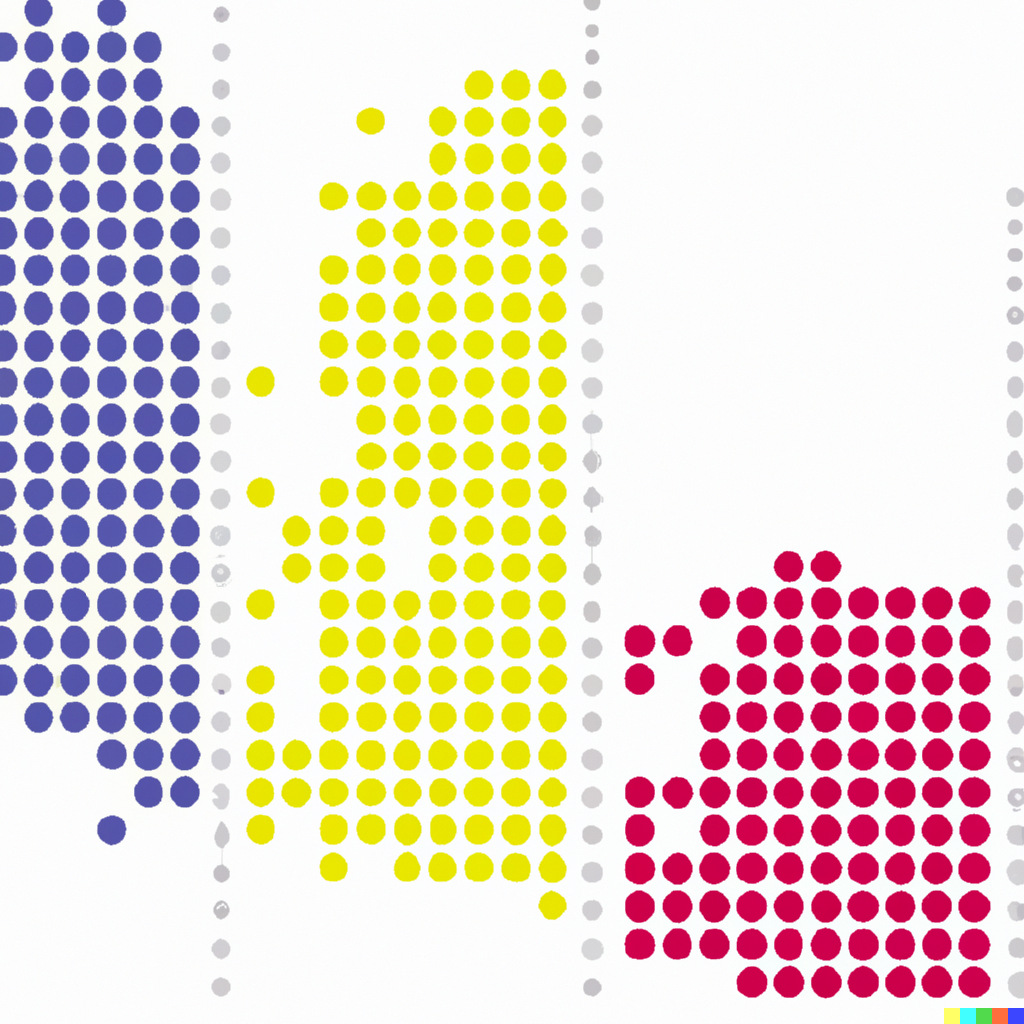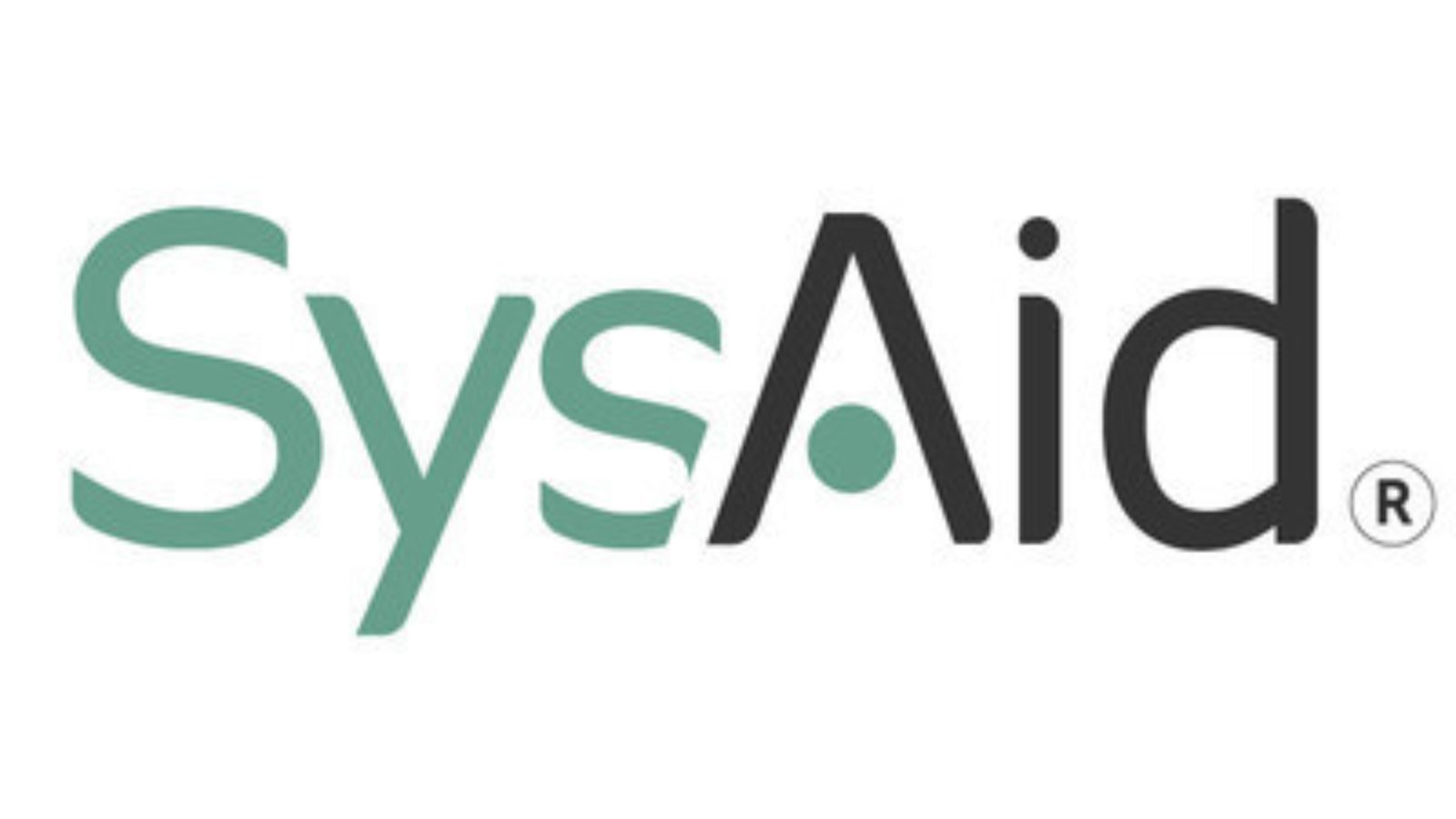As technology advances, data analysis is becoming increasingly important in businesses and industries of all kinds. One of the most crucial aspects of data analysis is classification, the process of sorting data into categories or classes based on predefined characteristics. Classification algorithms are tools used in machine learning and data mining that automate this process.
In this article, we’ll provide a comprehensive guide to the seven most common types of classification algorithms, including how they work, what they’re used for, and their strengths and weaknesses. By the end of this article, you’ll have a solid understanding of the different types of classification algorithms, and which one might be best suited for your particular needs.
Decision Trees
Decision trees are one of the most commonly used types of classification algorithms. They work by creating a tree-like model of decisions and their possible consequences. At each node of the tree, a decision is made based on one or more input variables, and the algorithm moves down the tree until a final decision is reached. Decision trees are easy to understand and interpret, making them a popular choice for data analysis in various industries.
Random Forest
Random forests are an extension of decision trees, and they work by creating multiple decision trees and combining their outputs. This approach reduces overfitting, a common problem with decision trees where the model is too complex and fits the training data too closely, resulting in poor performance on new data. Random forests are used in a wide range of applications, from finance to healthcare.
Naive Bayes
Naive Bayes is a probabilistic algorithm based on Bayes’ theorem, which calculates the probability of an event based on prior knowledge of related events. Naive Bayes is a simple algorithm that works well with large datasets and is easy to implement. It is commonly used for text classification and spam filtering.
Support Vector Machines (SVM)
SVM is a powerful algorithm that works by finding the best hyperplane to separate data into classes. It’s a popular choice for image classification, text classification, and bioinformatics. SVM is effective for high-dimensional data and can handle noisy datasets.
K-Nearest Neighbors (KNN)
KNN is a simple, non-parametric algorithm that classifies data based on the class of its nearest neighbors. KNN is easy to implement and interpret, making it a popular choice for beginners in machine learning. KNN is used in various applications such as image recognition, recommendation systems, and gene expression analysis.
Neural Networks
Neural networks are a class of algorithms modeled after the structure and function of the human brain. They consist of interconnected nodes or “neurons” that process information and learn from data. Neural networks are highly flexible and can learn complex relationships between inputs and outputs. They are used in many applications, including image recognition, speech recognition, and natural language processing.
Gradient Boosting Machines (GBM)
GBM is a popular algorithm that combines multiple weak classifiers into a single strong classifier. It works by iteratively training weak classifiers on the misclassified data from the previous iteration. GBM is a powerful algorithm that’s often used in data mining competitions and is effective for large datasets.









Leave a Reply